PLATFORM ADVANTAGES
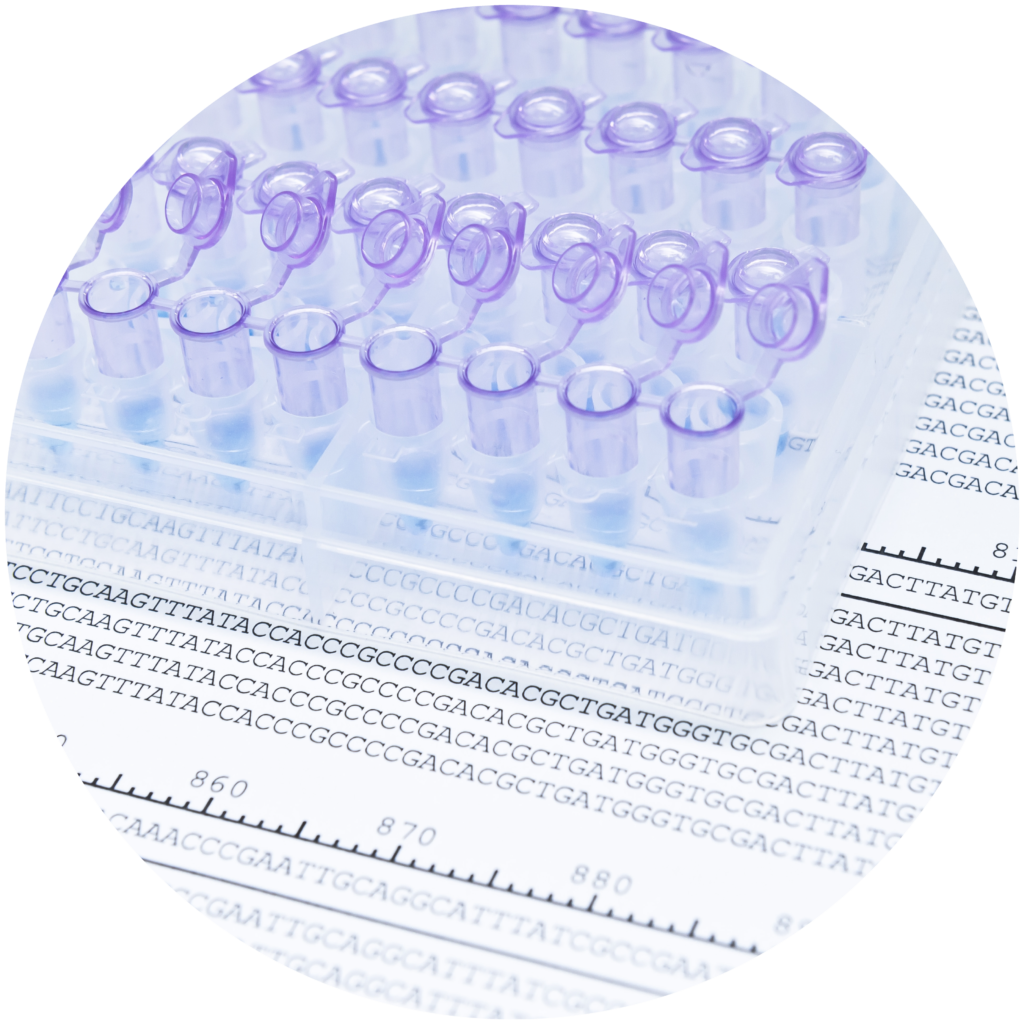
FAST
SpeedPharming significantly shortens timelines to the clinic and can move a program from gene sequence to protein production in as little as three weeks.
The platform avoids lengthy clone selection and MCB establishment processes by “transfecting at scale”.
COST-EFFICIENT


SCALABILITY
CELL BANKING
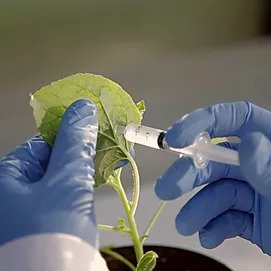

HIGH QUALITY
SAFE
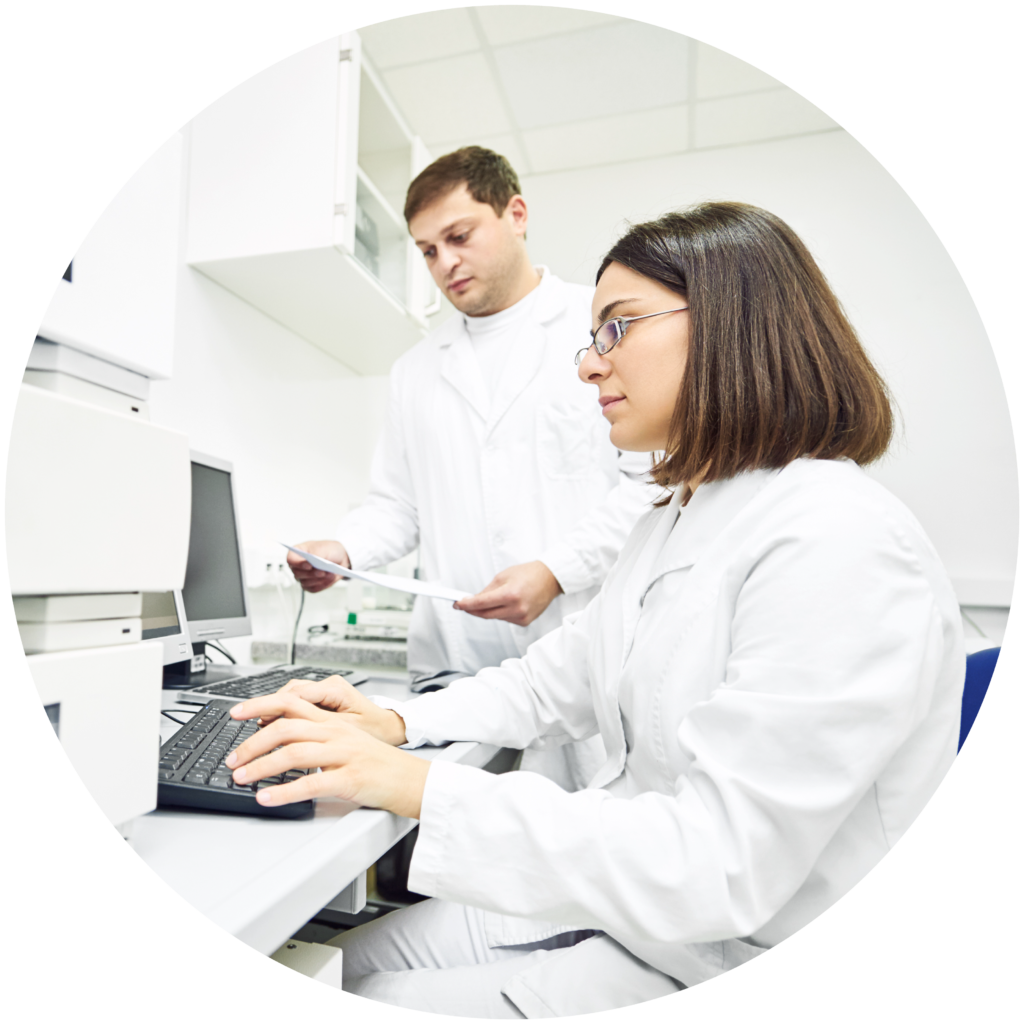
HOW IT WORKS
THE BIOPROCESSOR OF THE FUTURE.
Initial efforts at producing proteins in plants focused on establishing stably transgenic crops. These however suffer long developmental time-lines because of inherently long-life cycles. Transient expression of recombinant proteins in plants has since been developed over the last 20 years and involves the infiltration of bacterial cultures into the leaves of Nicotiana Benthamiana plants.
The bacterial system used to infiltrate is based on the soil bacterium Agrobacterium Tumefaciens. The strain used has had its oncogenes removed to prevent the disease symptoms (galls) from occurring in plants caused by wild-type Agrobacterium infections (i.e. they are disarmed). Nicotiana thus acts as a “bio-processor” to produce proteins of interest based on the genes inserted into our high yielding expression vector.
Proteins are the building blocks of life. Due to conservation during evolution, the basic processes that govern production of proteins from DNA code are highly similar across all eukaryotic cells. This means that a gene from any other organism can be recognised, transcribed and translated by plant molecular machinery. This method has been used to successfully produce complex and high molecular weight proteins with multiple subunits in plants. It has even been found that a full length immunoglobulin can be constructed in plant cells sourced from various subunit genes.
.
.
.


VECTOR CONSTRUCT

BIOREACTOR GROWTH
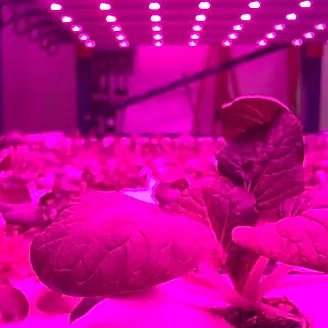
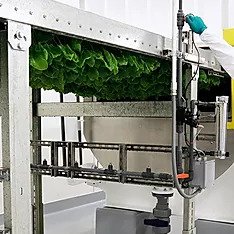

GENE TRANSFER

HARVEST & PROTEIN EXTRACTION
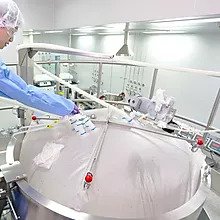


PURIFICATION, FORMULATION & FILLING
AGROBACTERIUM TUMEFACIENS
THE TROJAN HORSE
Agroinfiltration is a method used in plant biology and especially lately in plant biotechnology to induce transient expression of genes in a plant, or isolated leaves from a plant, or even in cultures of plant cells, in order to produce a desired protein. In our process, a suspension of a mixture of Agrobacterium tumefaciens strains is introduced into a plant leaf by vacuum infiltration, whereafter the bacteria transfer the desired gene into the plant cells via transfer of T-DNA. The main benefit of agroinfiltration when compared to the more traditional plant transformation is speed and convenience, accompanied with higher and more consistent yields of the recombinant protein.
After the insertion of the gene of interest (GOI), the strains are grown in a liquid culture and the resulting bacteria are washed and suspended into a suitable buffer solution. The plants are then submerged in vacuum chamber containing the solution. The vacuum is then applied, forcing air out of the intercellular spaces within the leaves via the stomata. When the vacuum is released, the pressure difference forces the “Agrobacterium” suspension into the leaves through the stomata into the mesophyll tissue. This can result in nearly all of the cells in any given leaf being in contact with the bacteria.
Once inside the leaf the Agrobacterium remains in the intercellular space and transfers the gene of interest as part of the Ti plasmid-derived T-DNA in high copy numbers into the plant cells. The gene transfer occurs when the plant signals are induced and physical contact is made between the plant cells and bacterium. The bacteria creates a mechanism that burrows a hole and transfers the new T-DNA strand into the plant cell. The T-DNA moves into the nucleus of the plant and begins to integrate into the plants’ chromosome. The gene is then transiently expressed through RNA synthesis from appropriate promoter sequences in all transfected cells (no selection for stable integration is performed). The plant can be monitored for a possible effect in the phenotype, subjected to experimental conditions or harvested and used for purification of the protein of interest.
.
.
.

Pandemics are by nature an international issue; it requires an international solution. We truly believe our SpeedPharming platform makes rapid deployment, global access in adequate quantities of vaccines possible. We want to make sure that everyone who needs a vaccine gets it. It's business imperative and it's the right thing to do.
James Troch, Chief Executive Officer
GLYCAN ENGINEERING
SOLVING EARLY CHALLENGES.
With increasing commercial opportunities for biotherapeutics across global markets, demands are as high as ever for technologies that can support production of complex glycoproteins. N-linked glycosylation is a critical post-translational modification to an original, naked protein that influences biological activity, protein conformation, stability, solubility, secretion, pharmacokinetics (PK), and antigenicity.
Perpetuum’s N. benthamiana expression system delivers products with inherently greater homogeneity versus traditional platforms:
- Bacteria do not glycosylate, yeast hyperglycosylates, and Chinese hamster ovary (CHO) cell lines do not precisely mimic human glycosylation patterns.
- Plants do not naturally attach α1,6-fucose, terminal β1,4-galactose residues or any sialic acid residues, leading to simpler, more homogeneous N-linked glycosylation patterns.
Consequently, the ability to control N-glycosylation is necessary for 21st century antibody engineering. Through our Glycan engineering expertise, Perpetuum can provide the power, speed and control needed to develop next-gen monoclonal antibodies, biobetters, and fast-follower products.
.
.
.
APPLICATIONS
ENZYMES
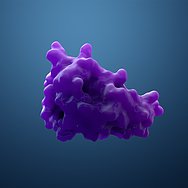

ANTIBODIES
SUBUNIT VACCINES
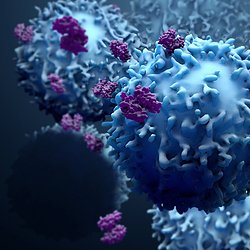
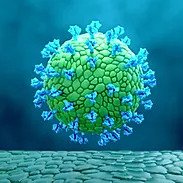
VLP VACCINES
BLOOD FACTORS &
CYTOKINES
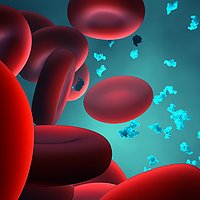
SPEED MATTERS
TIMELY MEDICAL COUNTERMEASURES.
Immeasurable efforts are underway to develop treatments and vaccines to address emerging pandemics such as COVID-19. Numerous discovery methods and technologies are currently being explored in clinical trials such as DNA and RNA-based vaccine candidates, adjuvant platform technologies, recombinant nanoparticles, and monoclonal antibodies, to name a few. As promising therapies begin to emerge, they’ll need to be rapidly scaled up for trials and potential commercialization, which is not without its challenges in a pandemic setting.
The SpeedPharming platform provides confidence that critical consistency is maintained under the accelerated timelines for delivery of medical countermeasures such as vaccine and/or antibodies during pandemic or biological threats. SpeedPharming allows rapid development of research quantities of product, as well as high-quality material that is readily scalable for producing doses for clinical trials and commercial use.
Furthermore, SpeedPharming significantly reduces the time and cost associated with: (i) the initial upstream setup and execution, (ii) production scale-up, and (iii) characterization and quality assessments compared with conventional bioproduction methods. As each plant serves as a standalone bioreactor, there is a very high degree of consistency between material produced at the research stage and commercial-scale production, and scaling to any level can be directly achieved by simply growing more plants.
SpeedPharming combines two of the critical features required for rapid deployment. The first is a formulation that is likely to rapidly prove to be safe and effective, based on prior experience with plant-based VLPs tested against other targets and current knowledge of vaccine design alternatives intended to be effective in stimulation of a protective immune response. The second critical feature enabling rapid delivery of Perpetuum’s vaccine countermeasure(s) is the combination of SpeedPharming technology with a large-scale cGMP manufacturing facility. Together, these are capable of assuring delivery of hundreds of millions of doses of vaccine every month beginning immediately upon regulatory approval, much faster than traditional approaches of manufacturing live attenuated, inactivated, and subunit/conjugate vaccines.
.
.
.
INTRODUCING VIRUS-LIKE PARTICLES
THE FUTURE OF PANDEMIC PREVENTION
Virus-like particles (VLPs) represent an exciting approach to vaccine development. VLPs are nanostructures that mimic an actual virus while containing no viral genome, therefore posing no threat of infection. They are based on recombinant expression of virus surface proteins called ‘hemagglutinins’. Hemagglutinins on plant-derived VLPs are not at risk of mutations like those observed during traditional vaccine manufacturing. Additionally, VLPs are not split and conserve a similar structure to the virus.
After vaccination, VLP’s move rapidly to regional lymphoid tissues, where they preferentially interact with sialic acids on antigen-presenting cells. Interestingly, VLPs bind to and enter immune cells like actual viruses. This activates robust and longer-lasting humoral and cell-mediated immune responses, unlike what is seen with split vaccines. Both antibodies and cells activated by VLPs have the potential to recognize drifted virus.
The abilitiy of VLPs to induce a strong immune response with the potential for sustained protection, without the threat of infection, offers a promising vaccine solution, especially when rapid medical countermeasures are needed
